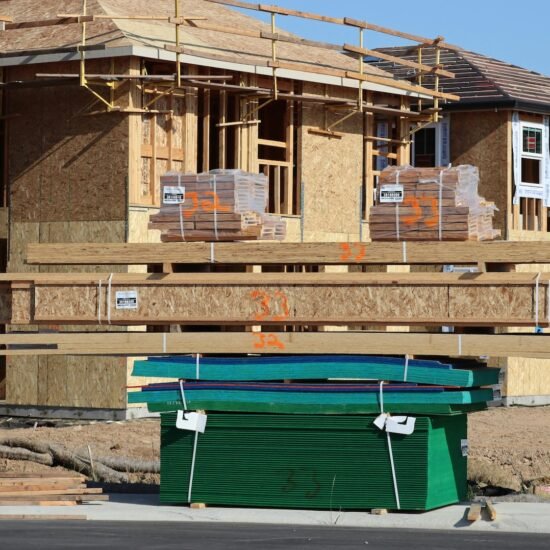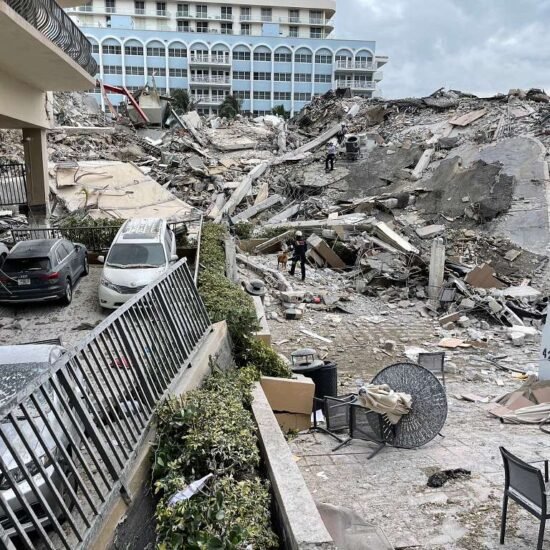
The HOA Detective | June 27, 2025 | It was a sunny morning in the early summer of 2025, the HOA Detective™ was working the HOA Due Diligence Unit in a mid-sized West Coast city. My partner was busy managing the steady stream of inquiries from concerned condo buyers who had been hearing the recent reports about the condo insurance crisis, underfunded reserves, and the usual list of systemic issues confronting buyers who purchase condominiums in 25-year-old buildings.
For the purposes of this report, the names of the guilty are not mentioned to avoid lawsuits and prevent embarrassing the innocent. Otherwise, this story is told exactly as it unfolded.
Setting the Stage: The subject property was a typical turn-of-the-century modern mid-rise condominium building, which meant it was 25 years old as of the year CIDAnalytics examined the condominium association for the second time. The unit wasn’t outrageously expensive, relatively speaking, with an estimated market value hovering around $1 million.
The prospect of buying this riverfront condominium for less than the estimated market value seemed possible given the current slow real estate market, but as a prudent investor, the buyer was cautious and was asking the most important question that all real estate investors should ask: Is this deal too good to be true?
The answer turned out to be clouded by the usual lack of current and complete financial documentation, and a bit of TGWAR – The Game Without Any Rules – a common practice by many HOAs and Mancos in which they seem to make up the rules of the game as they go along.
Usual Suspects | Unusual Problems: The subject property was found to be suffering from the usual problems with several of the usual suspects watering at the HOA financial “trough.” The conditions identified during the examination were typical for a condominium building that had surpassed the milestone 20-year tipping point, five years ago, including:
- Underfunded reserves;
- Lax financial reporting;
- Gaps in the historical record;
- Indications of deferred maintenance.
All coming to a head as the Association was facing a major insurance crisis – not only in terms of the cost of coverage, but also availability – after being denied coverage by more than one underwriter.
The Board of Directors Conundrum: After finding the Association’s documentation in disarray, reserves underfunded, and no evidence of flood insurance – even though the property was squarely located within a FEMA Special Flood Hazard Area – the results of the CIDA REPORT™ examination was not exactly flattering when the examination yielded a subpar CIDA SCORE™ that was less than 40.00! https://cidanalytics.com/cida-score/
At this point, the buyer informed the seller of the results of the CIDA due diligence examination. The seller – also a current Board member – expressed dismay, commenting that the BOD “thought the Association was doing great!”
What Can be Said that Hasn’t Been Said? At the risk of sounding like a broken record, consider the following:
- 20-plus year-old elevator-served, mid-rise condominium building;
- Deferred maintenance, a recurring theme at Board meetings;
- Major capital replacements staring the Association in the face;
- Underfunded replacement reserves;
- An apparent insurance crisis is in the making.
- A Board of Directors that thinks the “Association was doing great!”
The Trap of Self-Delusion: The revealing comment from the board member/seller during conversations with the buyer underscores the very real problem of self-delusion that plagues HOA board rooms across the country. With no recognized institutional benchmarks to gauge performance, much less a statutory framework to hold anyone accountable, HOA Boards are free to do whatever they wish in too many instances. Even in those instances where tens or hundreds of millions of property values are at stake.
Economic Losses are One Thing: If the thought of losing 20-25% of the perceived value of your condominium during a sale is bad, take a moment to reflect on the 98 people (R.I.P.) who died four years ago when the Champlain Tower South Condominium collapsed under its own weight in the early morning hours of June 24, 2021. A tragic loss of life that is almost unimaginable if you stop to consider that the unspeakable event was entirely preventable!
The Good News: In this instance, this CIDA client is not one of the uninformed buyers who have made the mistake of buying a condominium in an aging building without conducting thorough due diligence. The subject property clearly has its share of issues, but none that can’t be overcome if there is a desire to do so on the part of the stakeholders.
Best News of All: The CIDA client who took the time and money to complete a due diligence examination knows where things stand and, as an informed buyer, they are in a better position to negotiate the best possible terms before the offer is finalized.
The Detective’s Bottom Line: The stewardship of a modern mid or high-rise building is serious business. The governance of a privately owned not-for-profit HOA that is responsible for providing such stewardship is also serious business. The economic impact of being a part-owner of a mid or high-rise building is often more than the average home buyer can afford, even for some buyers who may be able to afford a million-dollar home. Unfortunately, it is all too often the case that uninformed buyers don’t learn this valuable lesson until it is too late.
Because You’re Buying More Than a Home!






